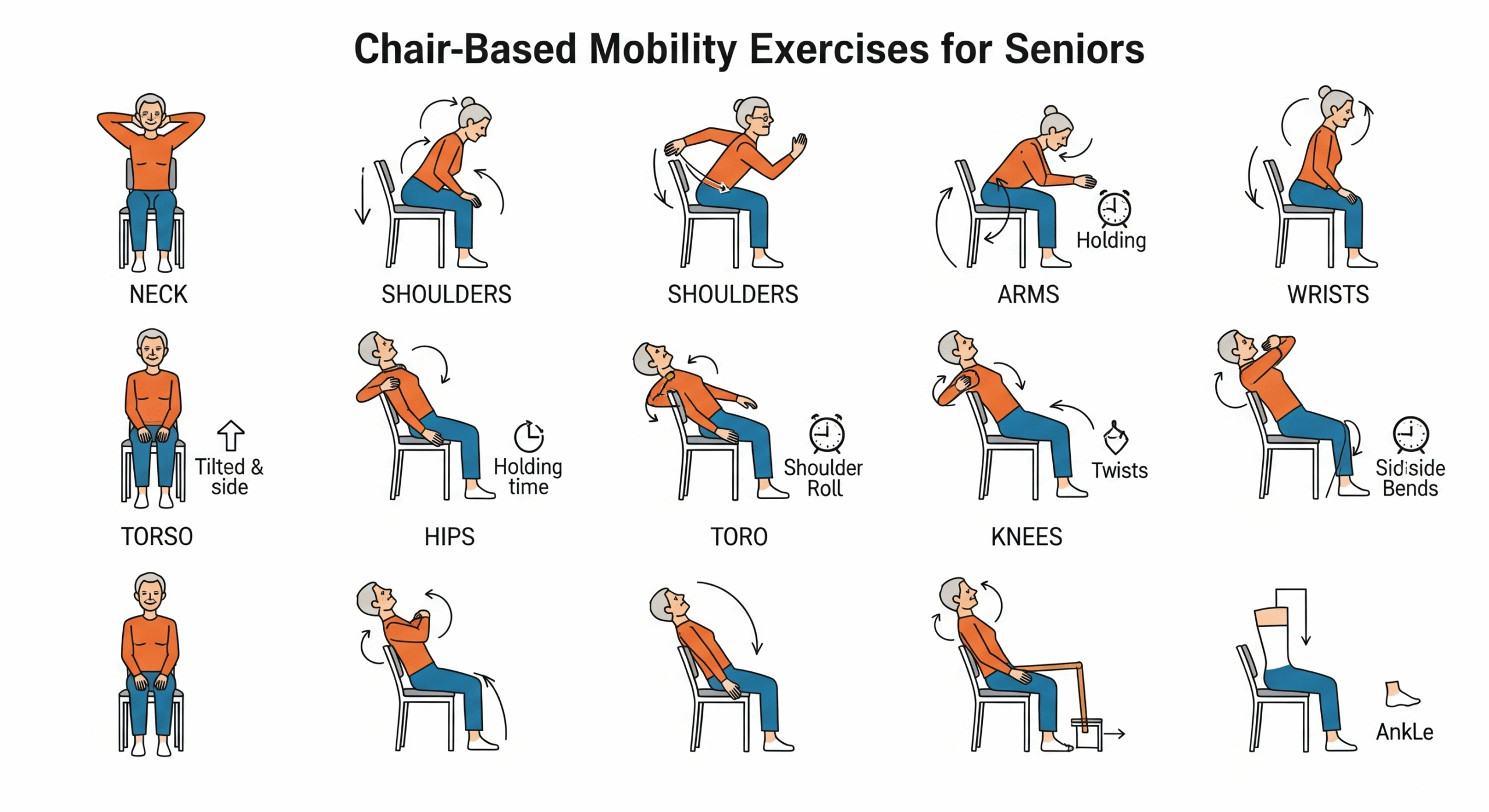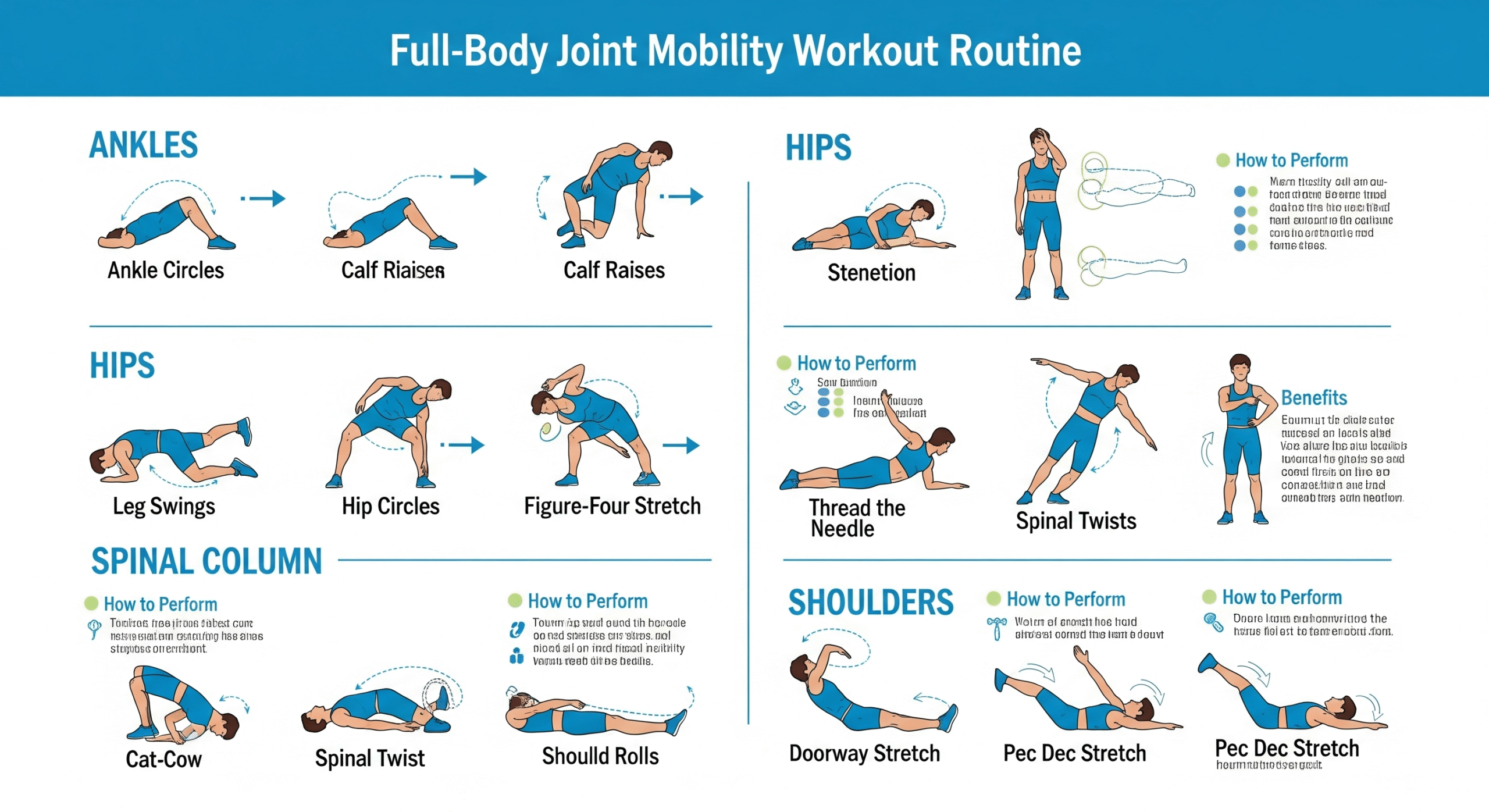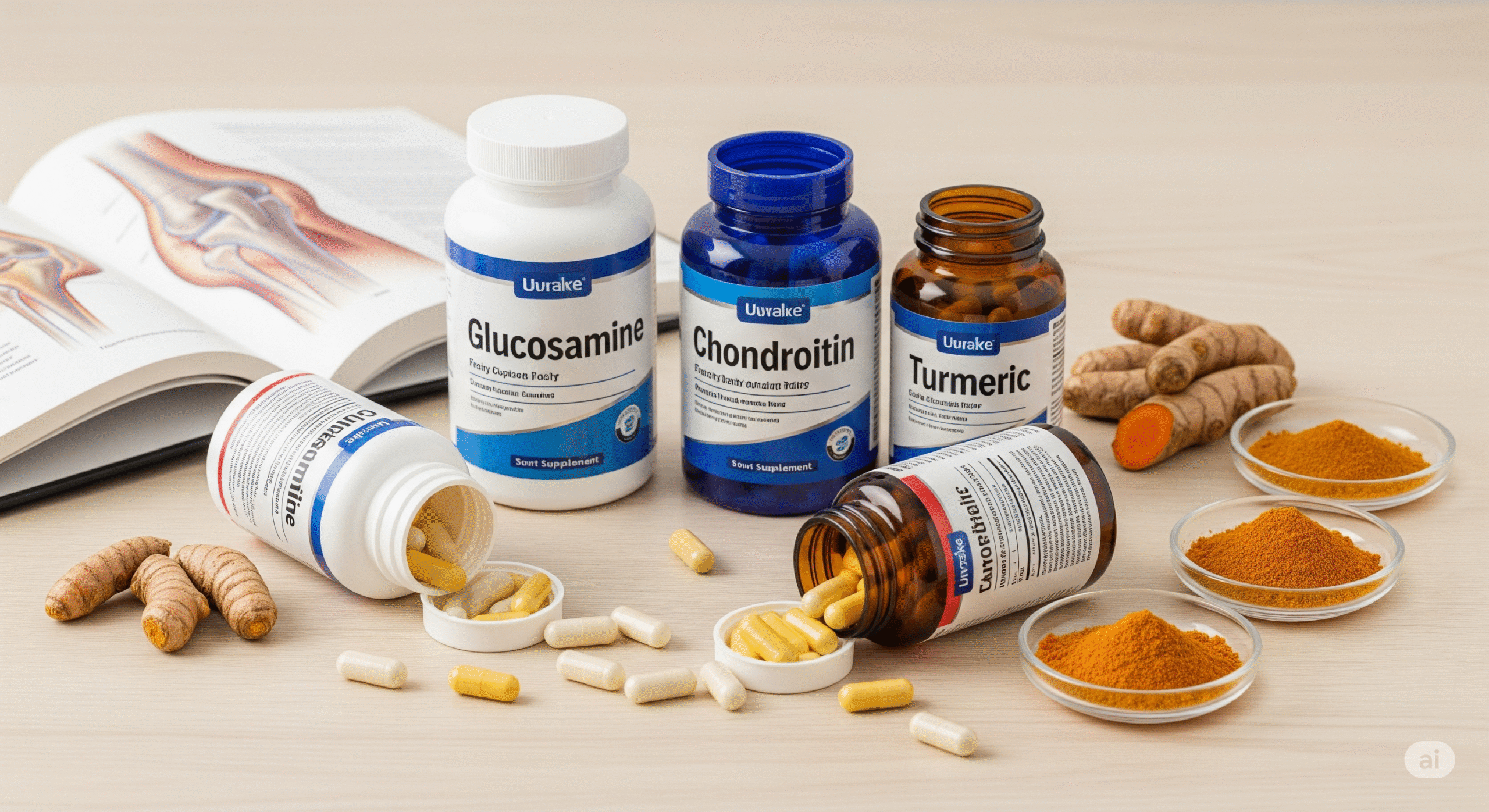Mastering Pain and Mobility: Your Comprehensive Guide to a Life Without Limits

Pain and mobility issues are widespread concerns affecting millions globally, significantly impacting quality of life. From nagging joint aches to restricted movement, these challenges can hinder daily activities, limit participation in hobbies, and even affect mental well-being. This comprehensive guide delves into the complexities of pain and mobility, offering insights into common causes, effective home remedies, and strategies for long-term relief and improved physical function. Our goal is to empower you with the knowledge and tools to take control of your health, reduce discomfort, and regain the freedom of movement you deserve. We'll explore practical, evidence-based approaches, discuss the subtle yet significant role of modern nutritional science, and provide actionable steps to help you achieve a life without limits.

Understanding the Roots of Pain and Mobility Issues
To effectively address pain and mobility challenges, it's crucial to understand their underlying causes. These can range from acute injuries to chronic conditions, lifestyle factors, and the natural aging process. Identifying the root cause is the first step towards finding appropriate and lasting relief.
Common Causes of Pain:
- Inflammation: Often a primary driver of pain, inflammation can result from injury, infection, or autoimmune responses. Chronic inflammation is a significant contributor to conditions like arthritis.
- Structural Damage: Wear and tear on joints, cartilage, bones, and ligaments can lead to pain. This is common in conditions such as osteoarthritis, where the protective cartilage at the ends of bones wears down over time.
- Nerve Compression: Pinched nerves, often due to herniated discs, bone spurs, or muscle spasms, can cause sharp, radiating pain, numbness, or tingling.
- Muscle Imbalances and Weakness: When certain muscles are overused or underused, it can lead to imbalances that put undue stress on joints and other tissues, resulting in pain.
- Repetitive Strain Injuries (RSIs): Activities involving repetitive movements can lead to inflammation and damage in tendons, muscles, and nerves, commonly seen in conditions like carpal tunnel syndrome or tennis elbow.
- Autoimmune Diseases: Conditions such as rheumatoid arthritis, lupus, and fibromyalgia involve the immune system mistakenly attacking healthy tissues, leading to widespread pain and inflammation.
Common Causes of Mobility Issues:
- Joint Stiffness: Lack of movement, inflammation, or structural changes in joints can lead to reduced range of motion and stiffness.
- Muscle Weakness and Atrophy: Disuse, aging, or neurological conditions can cause muscles to weaken and shrink, making movement difficult.
- Balance Problems: Inner ear issues, neurological disorders, certain medications, and weakened leg muscles can impair balance, increasing the risk of falls and limiting confident movement.
- Pain: As mentioned, pain itself can severely restrict mobility, as individuals instinctively avoid movements that exacerbate their discomfort.
- Neurological Conditions: Diseases like Parkinson's, multiple sclerosis, and stroke can affect muscle control, coordination, and balance, leading to significant mobility impairments.
- Obesity: Excess body weight puts additional strain on joints, particularly in the knees and hips, and can limit overall physical activity, contributing to reduced mobility.
Understanding these causes helps in tailoring effective strategies for both pain management and mobility improvement. In the following sections, we will explore various approaches, starting with practical home remedies that can offer significant relief and support.
Effective Home Remedies for Pain and Mobility
Many common pain and mobility issues can be effectively managed and alleviated with simple, accessible home remedies. These approaches often focus on reducing inflammation, improving circulation, strengthening muscles, and enhancing flexibility. While not a substitute for professional medical advice, these remedies can provide significant relief and support overall well-being.
For Pain Relief:
- Heat and Cold Therapy: Alternating between heat and cold can be highly effective. Apply a cold pack (ice wrapped in a cloth) for 15-20 minutes to reduce inflammation and numb the painful area, especially for acute injuries or flare-ups. Follow with a warm compress, heating pad, or a warm bath for 20-30 minutes to relax muscles, improve blood flow, and soothe stiffness. This combination can be particularly beneficial for chronic joint pain or muscle soreness.
- Epsom Salt Baths: Soaking in a bath with Epsom salts (magnesium sulfate) can help relax muscles and reduce pain. Magnesium is known for its muscle-relaxing properties, and it can be absorbed through the skin. Add two cups of Epsom salts to a warm bath and soak for 20-30 minutes.
- Turmeric and Ginger: These powerful spices are renowned for their anti-inflammatory properties. Turmeric contains curcumin, a compound with potent anti-inflammatory effects comparable to some over-the-counter medications. Ginger also possesses anti-inflammatory and pain-relieving qualities. Incorporate them into your diet by adding them to meals, making teas, or consuming them as supplements. For example, a warm ginger-turmeric tea can be a soothing daily ritual.
- Topical Pain Relief Creams: Over-the-counter creams containing ingredients like capsaicin (from chili peppers), menthol, or camphor can provide localized pain relief by creating a warming or cooling sensation that distracts from pain signals or by reducing inflammation.
- Gentle Movement and Stretching: While it might seem counterintuitive, gentle movement can often alleviate pain, especially for stiff joints and muscles. Light stretching, walking, or low-impact exercises like swimming or cycling can improve circulation, reduce stiffness, and release endorphins, which are natural pain relievers. Listen to your body and avoid movements that exacerbate pain.
For Mobility Improvement:
- Regular Stretching and Flexibility Exercises: Incorporate a daily routine of gentle stretches targeting major muscle groups and joints. This helps maintain and improve range of motion, reduces stiffness, and prevents muscle shortening. Focus on slow, controlled movements, holding each stretch for 20-30 seconds.
- Strengthening Exercises: Weak muscles can contribute to instability and reduced mobility. Engage in exercises that strengthen the muscles supporting your joints, such as leg raises, wall squats, or resistance band exercises. Start with light resistance and gradually increase as strength improves. Stronger muscles provide better support and allow for smoother movement.
- Balance Training: Improving balance is crucial for preventing falls and enhancing confident movement, especially as we age. Simple exercises like standing on one leg (holding onto support initially), walking heel-to-toe, or practicing Tai Chi can significantly improve balance and coordination.
- Hydration and Nutrition: A well-hydrated body with adequate nutrient intake supports healthy joint function and muscle elasticity. Ensure you drink plenty of water throughout the day and consume a balanced diet rich in fruits, vegetables, lean proteins, and healthy fats. Foods rich in omega-3 fatty acids (e.g., fatty fish, flaxseeds) can help reduce inflammation.
- Ergonomic Adjustments: Evaluate your workspace and daily activities for ergonomic improvements. Proper posture and supportive seating can prevent strain and improve comfort, contributing to better long-term mobility.
These home remedies, when consistently applied, can make a significant difference in managing pain and improving mobility. They offer a natural and often cost-effective way to support your body's healing processes. However, for those seeking a more targeted and efficient approach, modern science offers advanced solutions. Nutritional supplements, for instance, can provide concentrated doses of beneficial compounds, often combining multiple ingredients in precise ratios. This can save time and ensure optimal intake, offering a convenient way to support joint health and reduce discomfort. We will delve deeper into this aspect later in the article.
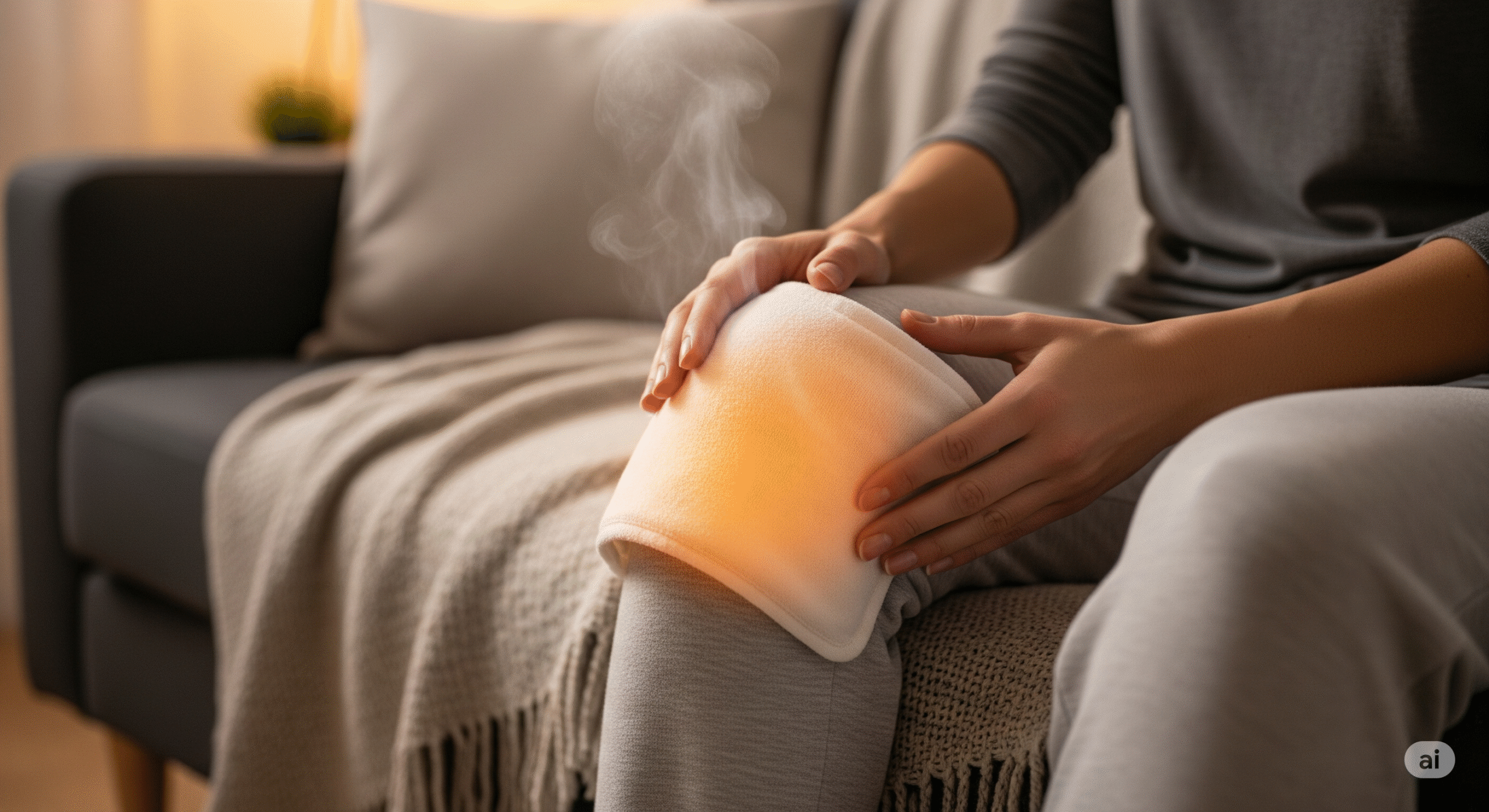
Advanced Strategies for Managing Pain and Enhancing Mobility
Beyond home remedies, several advanced strategies can be employed to manage persistent pain and significantly improve mobility. These often involve a more structured approach, sometimes requiring professional guidance, but can yield substantial long-term benefits.
Physical Therapy and Rehabilitation:
- Assess and Diagnose: Identify the specific causes of pain and mobility limitations through thorough assessment.
- Develop Personalized Exercise Programs: Create tailored routines to strengthen weak muscles, improve flexibility, restore range of motion, and correct biomechanical imbalances.
- Utilize Manual Therapy: Employ hands-on techniques such as massage, mobilization, and manipulation to reduce pain and improve joint function.
- Educate on Body Mechanics: Teach proper posture, movement patterns, and ergonomic principles to prevent future injuries and reduce strain during daily activities.
- Incorporate Modalities: Use treatments like ultrasound, electrical stimulation, or cold laser therapy to reduce pain and inflammation.
Mind-Body Techniques:
- Meditation and Mindfulness: Practicing mindfulness can help individuals become more aware of their pain without judgment, potentially reducing its intensity and emotional impact. Regular meditation can also lower stress, which often exacerbates pain.
- Yoga and Tai Chi: These practices combine physical postures, breathing exercises, and meditation. They are excellent for improving flexibility, balance, strength, and reducing stress, all of which contribute to better pain management and mobility.
- Biofeedback: This technique teaches individuals to control involuntary bodily functions, such as heart rate, muscle tension, and skin temperature, which can help in managing chronic pain.
- Cognitive Behavioral Therapy (CBT): CBT helps individuals identify and change negative thought patterns and behaviors related to pain, leading to improved coping mechanisms and reduced pain perception.
Lifestyle Modifications:
- Weight Management: Maintaining a healthy weight significantly reduces stress on weight-bearing joints like knees and hips, alleviating pain and improving mobility. Even a modest weight loss can make a substantial difference.
- Regular, Moderate Exercise: Consistency is key. Engage in a balanced exercise routine that includes cardiovascular activity, strength training, and flexibility exercises. This not only strengthens muscles and improves joint health but also boosts mood and energy levels.
- Adequate Sleep: Quality sleep is vital for the body's repair processes and pain modulation. Chronic sleep deprivation can worsen pain and reduce the body's ability to recover.
- Stress Reduction: Chronic stress can heighten pain sensitivity and contribute to muscle tension. Incorporate stress-reducing activities like hobbies, spending time in nature, or social interaction into your routine.
- Smoking Cessation: Smoking impairs circulation and can delay healing, exacerbating pain and hindering recovery from injuries.
These advanced strategies, when combined with consistent home remedies, form a holistic approach to managing pain and enhancing mobility. They emphasize empowering individuals to actively participate in their recovery and long-term health. Next, we will explore the critical role of nutrition and how targeted supplementation can provide a powerful advantage in this journey.
The Crucial Role of Nutrition and the Power of Targeted Supplementation
While home remedies and lifestyle modifications form a strong foundation for managing pain and improving mobility, the role of nutrition cannot be overstated. What we consume directly impacts inflammation, tissue repair, and overall joint health. Moreover, modern nutritional science has advanced significantly, offering targeted supplementation as a powerful, efficient, and convenient way to support the body's natural healing processes and address specific deficiencies.
Nutrition for Pain and Mobility:
- Anti-Inflammatory Diet: Many chronic pain and mobility issues are linked to systemic inflammation. Adopting an anti-inflammatory diet can significantly reduce this burden. Focus on:
- Omega-3 Fatty Acids: Found in fatty fish (salmon, mackerel, sardines), flaxseeds, chia seeds, and walnuts, omega-3s are potent anti-inflammatory agents.
- Fruits and Vegetables: Rich in antioxidants and phytochemicals, these combat oxidative stress and inflammation. Emphasize colorful berries, leafy greens, broccoli, and bell peppers.
- Whole Grains: Opt for oats, brown rice, quinoa, and whole wheat, which provide fiber and nutrients without spiking blood sugar, unlike refined grains.
- Lean Proteins: Essential for tissue repair and muscle maintenance. Choose poultry, fish, legumes, and nuts.
- Healthy Fats: Avocado, olive oil, and nuts provide monounsaturated and polyunsaturated fats that support overall health.
- Foods to Limit/Avoid: Processed foods, excessive sugar, trans fats, and high amounts of red meat can promote inflammation and should be consumed sparingly.
The Advantage of Nutritional Supplements (Nutraceuticals):
While a balanced diet is fundamental, achieving optimal levels of certain nutrients through food alone can sometimes be challenging, especially when the body is under stress from chronic pain or recovery. This is where high-quality nutritional supplements, often referred to as nutraceuticals, can play a significant role. They offer several distinct advantages:
- Concentrated and Standardized Dosages: Supplements provide precise, concentrated amounts of active ingredients that might be difficult to obtain consistently from diet alone. This ensures therapeutic levels are reached.
- Efficiency and Convenience: In our fast-paced lives, preparing every meal to be nutritionally perfect is a challenge. Supplements offer a convenient way to fill nutritional gaps and ensure consistent intake of beneficial compounds without extensive meal planning.
- Synergistic Formulations: Many advanced nutraceuticals combine multiple ingredients that work synergistically to enhance their individual effects. For example, a joint health supplement might contain glucosamine, chondroitin, MSM, and turmeric extract – all in one easy-to-take form. This multi-pronged approach can be more effective than taking individual ingredients separately.
- Targeted Support: Specific supplements are formulated to address particular concerns. For joint health, ingredients like glucosamine and chondroitin support cartilage integrity, while MSM helps reduce inflammation and pain. Collagen peptides can aid in connective tissue repair, and specialized botanical extracts like Boswellia serrata or ginger can provide natural anti-inflammatory benefits.
- Time and Value Economy: Sourcing, preparing, and consuming large quantities of specific foods to get the equivalent nutritional benefit can be time-consuming and expensive. Nutraceuticals offer a cost-effective and time-saving solution, delivering potent benefits in a compact form.
It's important to choose reputable brands and consult with a healthcare professional before starting any new supplement regimen, especially if you have underlying health conditions or are taking medications. However, for many, integrating targeted nutraceuticals can significantly accelerate progress towards pain relief and improved mobility, complementing a healthy lifestyle and home remedies.
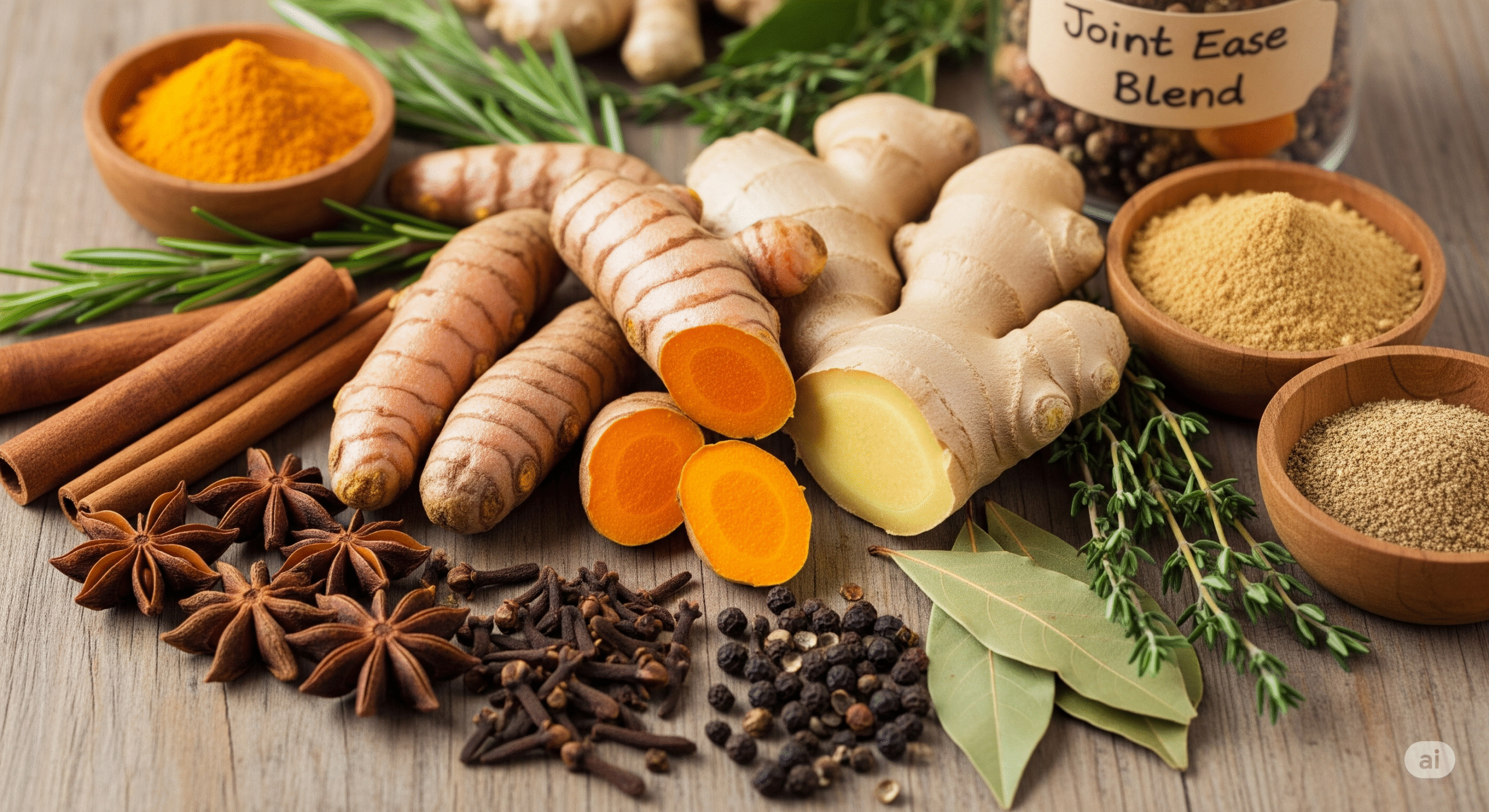
Frequently Asked Questions (FAQ)
Q1: What are the most common causes of joint pain?
A1: Joint pain can stem from various causes, including inflammation (e.g., arthritis), structural damage (e.g., osteoarthritis), nerve compression, muscle imbalances, repetitive strain injuries, and autoimmune diseases. Lifestyle factors like obesity and lack of physical activity can also contribute.
Q2: Can diet really affect pain and mobility?
A2: Absolutely. An anti-inflammatory diet rich in omega-3 fatty acids, fruits, vegetables, and whole grains can significantly reduce systemic inflammation, which is a major contributor to pain. Conversely, diets high in processed foods, sugar, and unhealthy fats can exacerbate inflammation.
Q3: How often should I do mobility exercises?
A3: For optimal results, incorporate gentle mobility exercises and stretching into your daily routine. Even short, consistent sessions (10-15 minutes) can make a significant difference in maintaining and improving range of motion and reducing stiffness. Listen to your body and avoid overexertion.
Q4: Are nutritional supplements necessary for joint health?
A4: While a balanced diet is crucial, nutritional supplements (nutraceuticals) can offer concentrated and standardized dosages of beneficial compounds that might be difficult to obtain through food alone. They provide a convenient and efficient way to support cartilage integrity, reduce inflammation, and enhance overall joint health, especially when the body is under stress or has specific deficiencies.
Q5: When should I seek professional medical help for pain or mobility issues?
A5: It's advisable to consult a healthcare professional if your pain is severe, persistent, worsens over time, is accompanied by swelling, redness, or warmth around a joint, or significantly limits your daily activities. Sudden loss of mobility, numbness, or weakness also warrants immediate medical attention.
Conclusion: Your Path to a More Mobile and Pain-Free Life
Living with pain and limited mobility can be a daily struggle, but it doesn't have to be a life sentence. By understanding the root causes of your discomfort, embracing effective home remedies, adopting advanced strategies like physical therapy and mind-body techniques, and making sustainable lifestyle changes, you can take significant strides towards a more active and fulfilling life. The journey to improved health is a holistic one, where every aspect of your well-being—from physical movement to mental resilience and nutrition—plays a vital role.
Remember that consistency is key, and small, positive changes can accumulate into profound transformations over time. Be patient with your body, celebrate your progress, and don't hesitate to seek professional guidance when needed. The power to reclaim your mobility and live with less pain is within your reach.
Take the Next Step Towards Optimal Joint Health
Ready to give your joints the advanced support they deserve? For those looking to enhance their journey with a convenient and powerful solution, we recommend exploring a curated selection of top-tier nutraceuticals. These supplements are designed to provide targeted support for joint health, reduce inflammation, and improve mobility, combining the best of nature and science.
Discover the Top 3 Supplements for Joint Pain and MobilityTake control of your health today and unlock a more mobile, pain-free future.
